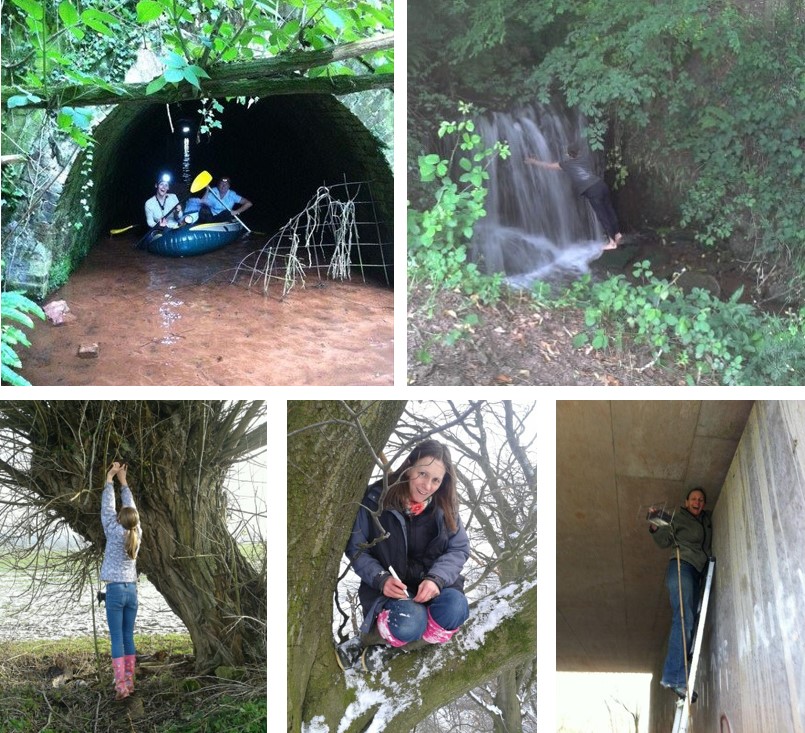By Fiona Lawrance, Business Administration Manager
What is Geocaching?
Geocaching is a worldwide game which involves locating hidden items using GPS coordinates. Using either a hand-held GPS unit or a smartphone app you can search for caches hidden in your local area. Once you have navigated to the specified coordinates of ‘GZ’ (ground zero), you need to hunt for the concealed cache container, open it and date and sign (with your geocaching username), the paper logbook inside. You must then record your find on the app or website for the cache owner and other geocachers to read. You can add a short description of your find, and also upload photos of your experience. Traditional geocaches come in many different forms from Tupperware boxs hidden inside a camouflage bag, ammo cans, or metal ‘bison’ tubes containing a role of paper, to much more devious snail shells, but all must include a paper log to sign. Due to this, every geocache is graded from 1 to 5 for both difficulty and terrain. Those with the lowest rating of 1/1 should be easily found and accessible from a path that is suitable for wheelchairs. At the other end of the spectrum, extreme geocaches (graded at 5/5) will be very well hidden and involve using specialist equipment to locate, and may involve activities like tree climbing, cave crawling, kayak paddling, mud wading or even abseiling. It is up to you to decide how adventurous you want to be!
Geocaches can be hidden almost anywhere if permission has been granted by the landowner, however locations close to schools or defence establishments are excluded. Popular spots include woodlands, parks, roadsides and urban areas. One of the most extreme geocaches is however hidden on the International Space Station! Geocaches are always clearly laballed on the cache container and in the logbook as a harmless geocaching game piece. Each will also have various icons which indicate any potential hazards or restrictions that the hiding place may have, how long it may take to locate and any facilities that are nearby. Overall geocaching is a fun activity that you can easliy combine with a walk with your children or dog. I have discovered many beautiful and unusual places when geocaching, many in my local area.
A Top tip: Always remember to be stealthy when looking for a geocache and not let non-geocachers (or ‘muggles’ as we cachers call them), discover and potentially compromise the hiding place.

How do I take part?
It is free to search for geocaches, you just have to create a free user account on www.geocaching.com. This will enable you to search via the online map for geocaches near to you, download their coordinates to your GPS or smartphone app and go searching. Don’t forget to log your experience later. If you really get into geocaching you can pay an annual premium membership fee (currently £24.99) which allows you to award favourite points to caches you have really enjoyed and run queries on the geocaching database. There are also a small percentage of caches that are searchable only by paid members. Once you have found lots of caches you may be tempted to set one of your own. Although you do not have to be a member to set one, it is advisable to have found at least 100, so you know what sort of caches are fun to do!
Have fun exploring!


